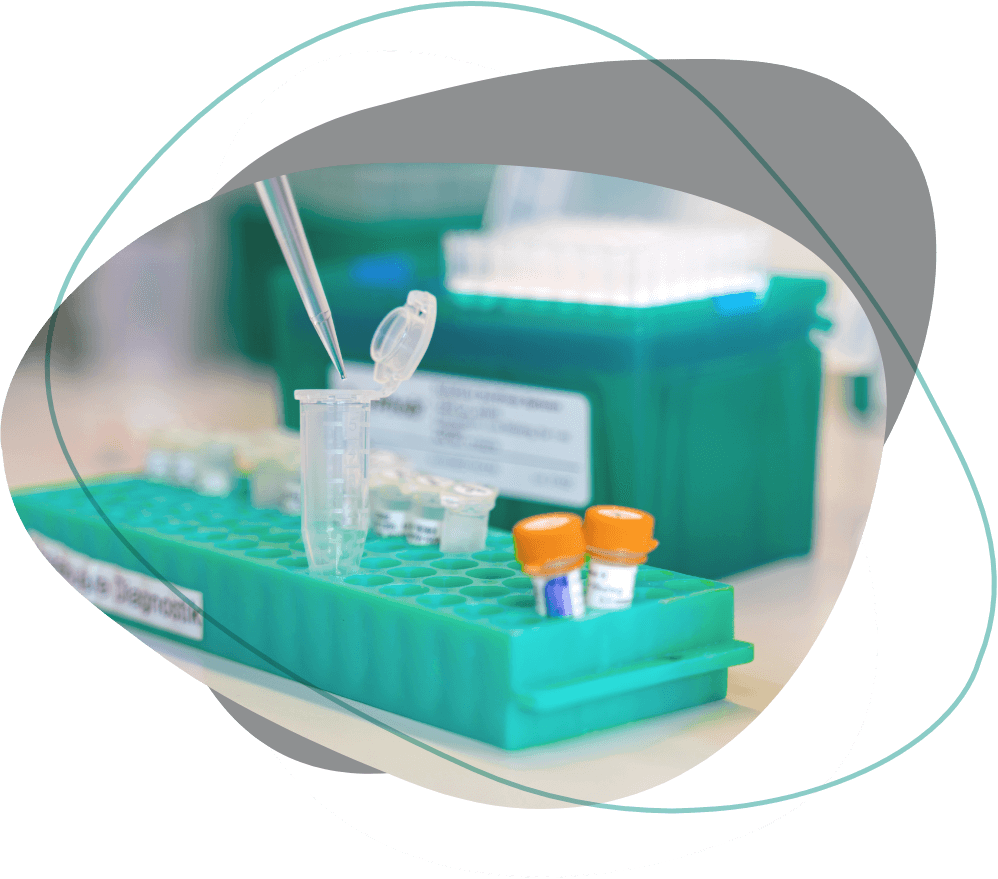
STUDIES.
SCIENTIFIC RESEARCH
IN FOCUS.

NOA-19 / ReCog-GBM-L
Retest reliability and localization-dependent sensitivity of neurocognitive testing in first diagnosed glioblastoma patients (Re-Cog-GBM-L) – (Funding: University Hospital Cologne, Neurosurgery)
ID number of the German Registry of Clinical Studies (DRKS): DRKS00010162
The aim of the study is to investigate possible changes in thinking and memory abilities (neurocognition) in patients with suspected treatment-naïve glioblastoma before and after surgery or biopsy of the tumor and in the further course of disease. With the help of the study results, future diagnostics and therapy planning can be optimized with regard to possible neurocognitive deficits.
Study design: 250 patients with suspected treatment-naïve glioblastoma will be consecutively included (85-90% with surgical tumor resection, alternatively with stereotactic biopsy). Before and after surgery and subsequently every 2 – 4 months until the first relapse (see endpoints) neurocognitive testing will take place (approx. 35 – 50 min), consisting of: Digit Span Test, Symbol Digit Modality Test (SDMT), Hopkins Verbal Learning Test-Revised (HVLMT-R), Stroop Colour Word Test, Trail Making Test, Judgement of Line Orientation Test (JLOT), Pegboard Test, Controlled Oral Word Association Test (COWAT), Bells Test and Rey-Osterrieth/Taylor Complex Figure Test (ROCFT).
Primary endpoint: change in neurocognitive performance after surgery (vs. biopsy) (individual level) – measurement time points (MTP): 1 vs. 3.
Secondary endpoints: Changes in neurocognitive performance after radiochemotherapy (MZ 4 vs. 3), test-retest reliability of neurocognitive test results (MZ 2 & 3), correlation of neurocognitive performance deficits with (a) tumor / edema localization (method: voxel-based lesion symptom mapping; MZ 1, 3, 4), (b) quality of life (test: SF-12; MZ 1, 4), and (c) depressiveness (test: BDI; MZ 1, 4).
Measurement time points: (1) before surgery, (2/3) after surgery, before discharge, consecutive days, (4) approximately 3 months postoperatively.
Please see the pdf file for the study synopsis.